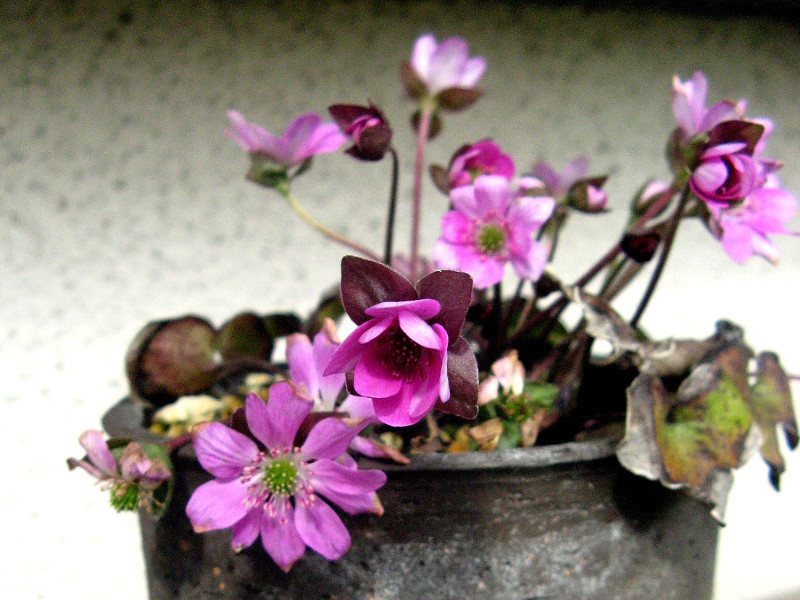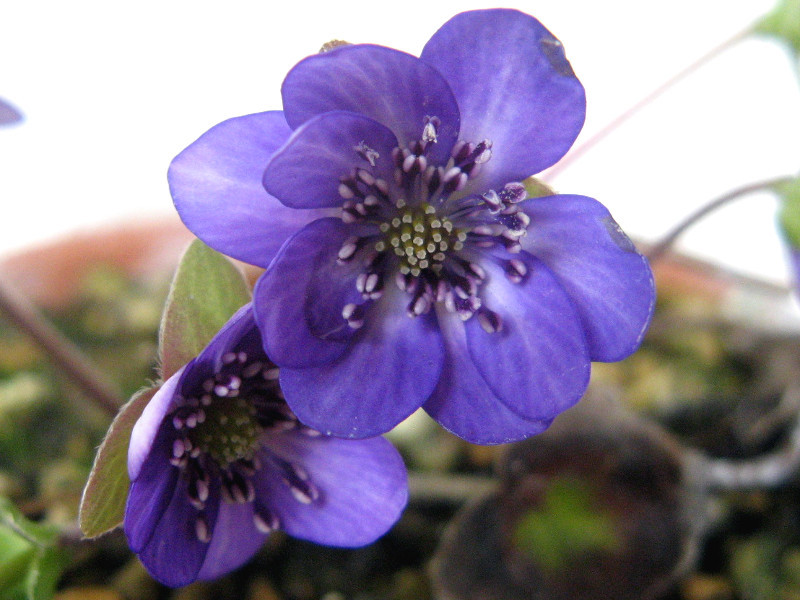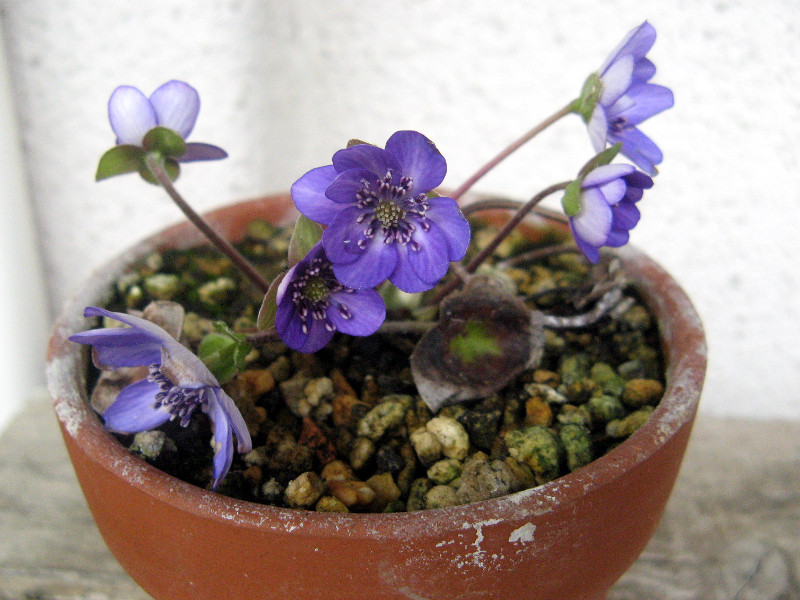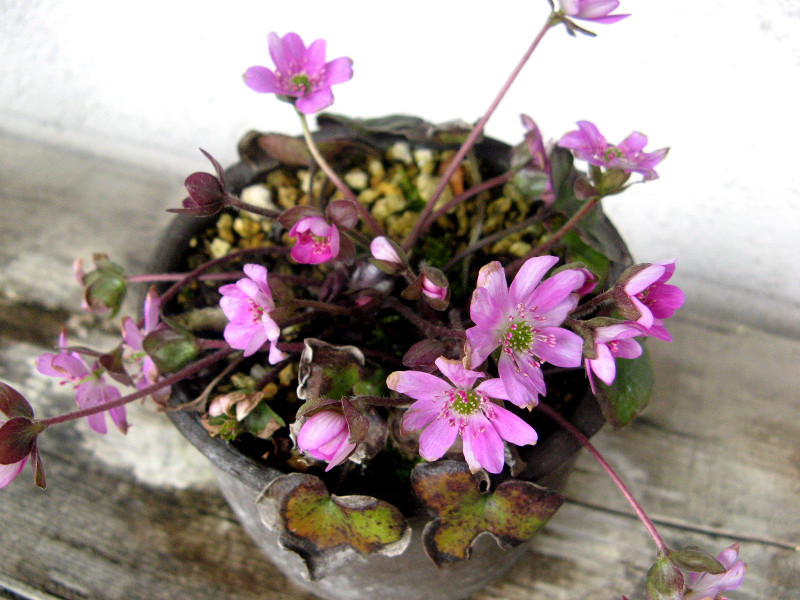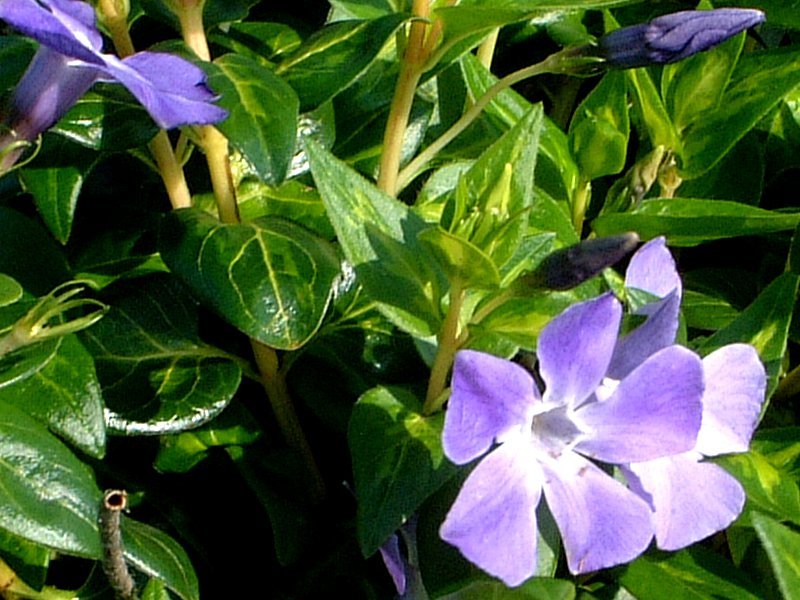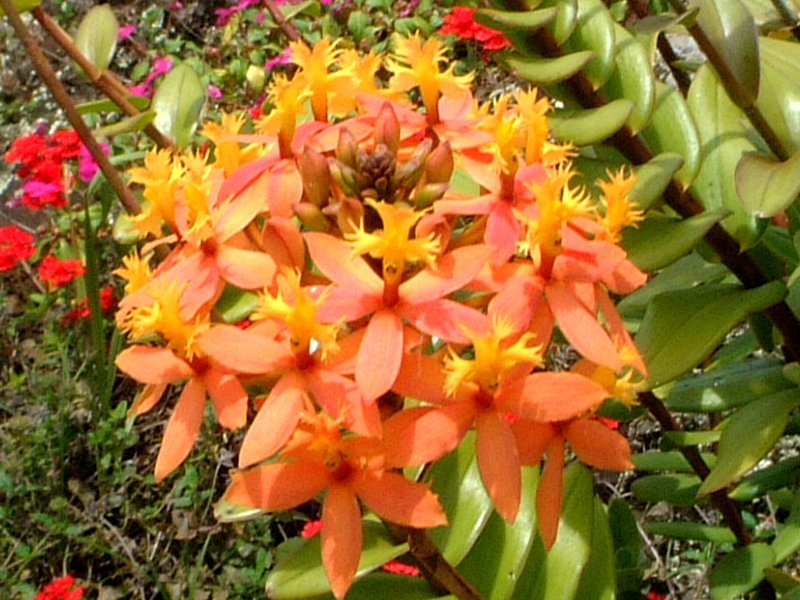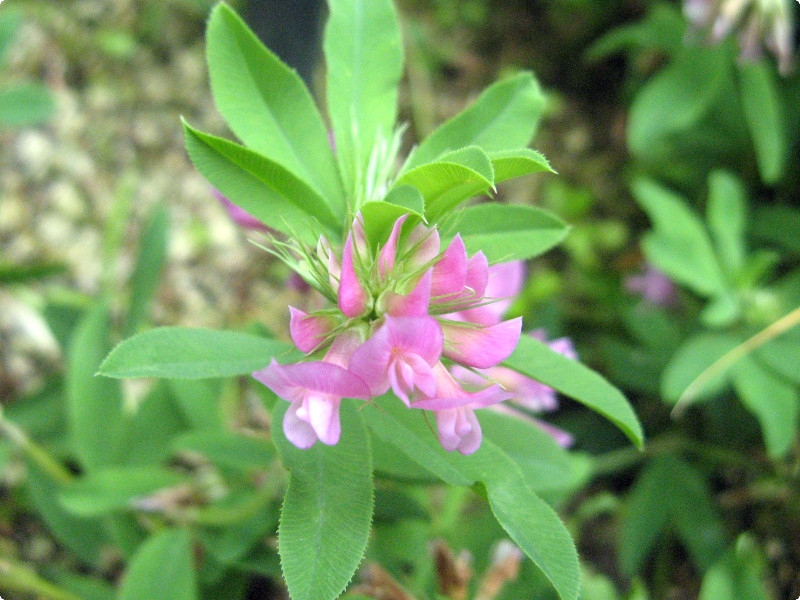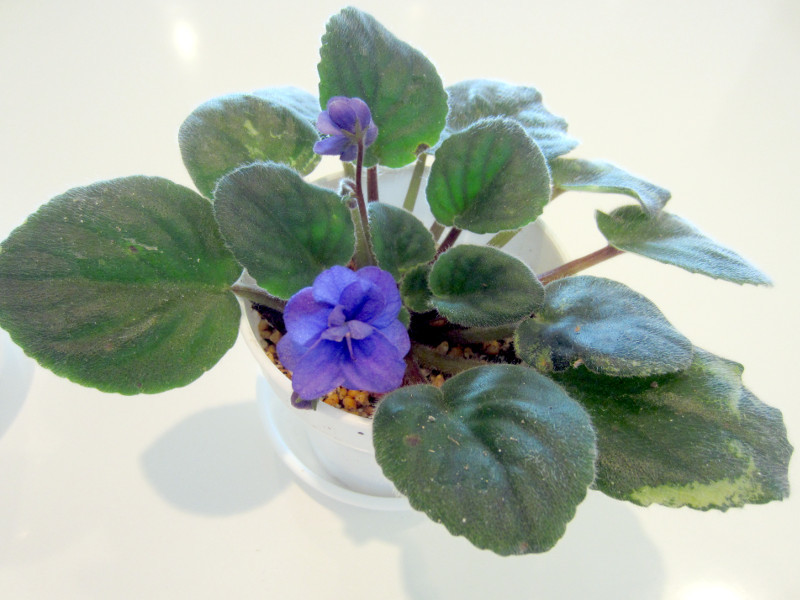Anemone hepatica
- Flower nameAnemone hepatica
- Scientific nameAnemone hepatica
- Aliasユキワリソウ, liverwort, 雪割草, 三角草, Anemone hepatica
- Place of originJapan
- Place of floweringBotanical Gardens, Potted flower
- Flowering seasonMarch, April
What is Anemone hepatica
Anemone hepatica (scientific name: Anemone hepatica var. Japonica f. Japonica, or Hepatica nobilis) is an endemic variety of Japan, and is a cold-tolerant evergreen perennial herb in the family Ranunculaceae (or Orthoptera). In Japan west of central Honshu, it grows naturally in a well-drained area under half-shade under deciduous trees in mountainous areas. In the spring, the snow breaks and blooms pretty flowers in a single inflorescence. But in fact, what looks like this flower is the calyx, without petals. The leaves are all roots, green and glossy, and the triangular leaf is divided into three tips, each tip having a sharp tip. The flower name was derived from this leaf shape.
Flowers that resemble Anemone hepatica (Misumisou, f. Japonica) include Suhamasou (scientific name: Anemone hepatica var. Japonica f. Variegata), Oh-misumisou (scientific name: Anemone hepatica var. Japonica f. Magna), and Kesuhamasou (Scientific name: Anemone hepatica var. Pubescens. They are collectively called "Yukiwari-sou".
Common name: Anemone hepatica, scientific name: Anemone hepatica var. Japonica f. Japonica, or: Hepatica nobilis (var. Japonica f. Japonica), also known as: Asian liverleaf, liverwort, Origin: Japan, Distribution: Japan west of central Honshu, Environment: Under deciduous trees in mountainous areas, Lifestyle: Perennial, Plant height: 5-15 cm, Root leaves, Leaves Introductory: Alternating, Leaf shape: Triangular, 3 deeply tipped and sharp, leaf width: 5 cm, inflorescence: single inflorescence, flower diameter: 1-1.5 cm, flowering period: March-April, petal color (actual , Sepal color): white, peach, bluish purple, remarks: semi-endangered species.
